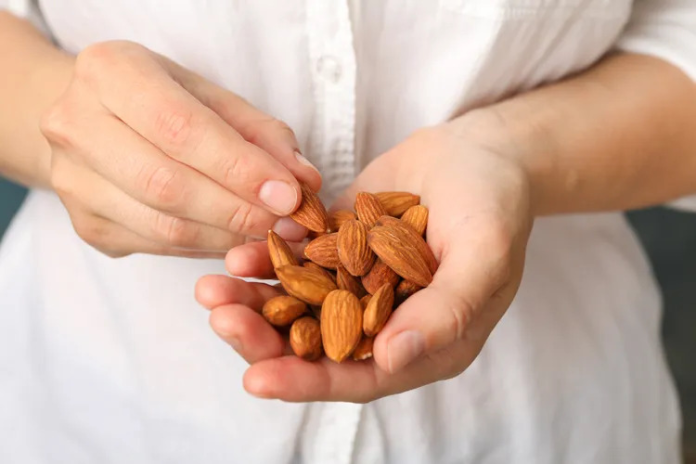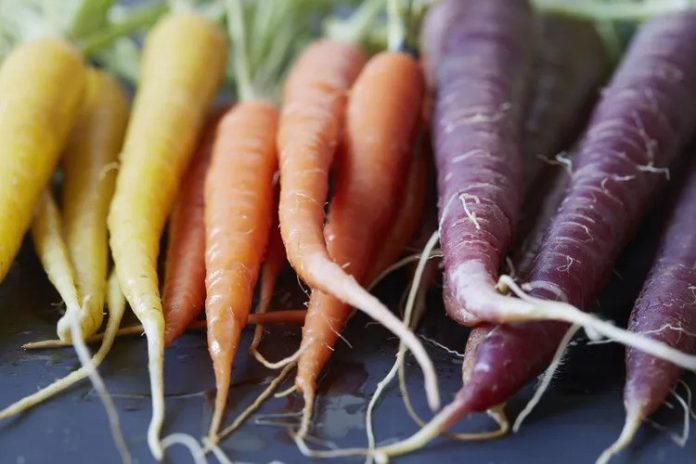5 Foods With More Magnesium Than Almonds
Almonds are packed with nutrients that support heart health, such as magnesium, vitamin E, and unsaturated fats. Eating almonds may help lower cholesterol and reduce the risk of heart disease.
One serving of almonds (about 28 grams/1 ounce) has 76.5 milligrams of magnesium, which is over 18% of the Daily Value (DV).
Your body needs magnesium for healthy blood sugar, blood pressure, brain function, bones, and muscles.4
While getting magnesium from a handful of almonds isn’t bad at all, there are plenty of foods that have more magnesium than almonds.
- Nuts and Seeds
Nuts and seeds pack important nutrients like magnesium, zinc, selenium, and vitamin E.
While most nuts and seeds contain some magnesium, the following have more magnesium per serving than almonds:
- Hemp seeds:210 milligrams (mg) per 30 grams (g) (about 1 ounce [oz]) / 3 tablespoons (tbsp) hulled
- Pumpkin seeds: 168 mg per 28 g (1 ounce)
- Brazil nuts: 107 mg per 28 g (1 oz, 6 kernels)
- Chia seeds: 95 mg per 28 g (1 oz)
- Pilinuts:6 mg per 28 g (1 oz, 15 kernels)
- Cashews: 8 mg per 28 g (1 oz)
- Legumes and Pulses
Legumes and pulses include beans, chickpeas, peas, lentils, soybeans, peanuts, edamame, green beans, and fresh peas.
Most legumes and pulses have less magnesium per serving than almonds. Some, however, provide nearly double the magnesium:
- Soybeans:148 mg per 1 cup cooked (172 g)
- Lima beans:126 mg per 1 cup cooked (170 g)
- Black beans:120 mg per 1 cup cooked (172 g)
- Adzuki beans:120 mg per 1 cup cooked (230 g)
- Edamame:2 mg per 1 cup cooked (160 g)
- Navy beans: 5 mg per 1 cup cooked (182 g)
- Chickpeas: 7 mg per 1 cup cooked (164 g)
- Leafy Greens and Vegetables
Vegetables usually don’t have much magnesium. But some leafy greens and vegetables have more magnesium than almonds per serving:
- Spinach:157 mg per 1 cup cooked (180 g)
- Swiss chard:150 mg per 1 cup cooked (175 g)
- Beet greens:9 mg per 1 cup cooked (144 g)
- Acorn squash: 2 mg per 1 cup cooked (205 g)
Green vegetables are very versatile. Add them to omelets, blend them into smoothies, make big salads, stir-fry them, add them to soups or stews, or make snacks like kale chips.
- Whole Grains
Whole grains provide fiber, vitamins, and minerals like magnesium. Whole grains highest in magnesium include:
- Amaranth:160 mg per 1 cup cooked (246 g)
- Teff: 126 mg per 1 cup cooked (252 g)
- Quinoa: 118 mg per 1 cup cooked (185 g)
- Brown rice:8 mg per 1 cup cooked (195 g)
- Buckwheat groats:7 mg per 1 cup cooked (168 g)
- Seafood
Most seafood isn’t a great source of magnesium. However, some fatty fish provide a good amount:
- Mackerel:4 mg per cooked fillet (88 g)
- Salmon:8 mg per 3 oz (85 g)
- Canned oysters: 150 mg per large can (255 g)
- Canned tuna:5 mg per can (321 g)











